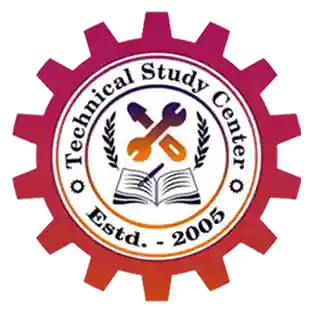The Defence Research and Development Organisation (DRDO) is one of India’s most prestigious institutions, responsible for cutting-edge research in defense technology, missile systems, cybersecurity, and advanced engineering. A job at DRDO is not just about employment—it is about being a part of India’s mission to create world-class defense innovations.
Cracking the DRDO recruitment exam is a tough challenge, as it requires technical expertise, analytical thinking, and problem-solving skills. At Technical Study Center, we prepare students with innovative learning methods, practical problem-solving techniques, and in-depth subject knowledge to help them succeed.
Understanding the DRDO Exam Pattern
The DRDO recruitment process includes:
- Written Exam (Scientist, Technical Assistant, Technician & Admin Posts)
- Questions from engineering subjects, general science, and logical reasoning.
- Focus on electronics, mechanical, computer science, physics, and mathematics.
- Interview Round (for higher positions like Scientist B)
- Tests technical problem-solving, innovation, and application-based knowledge.
- Questions on latest defense technology, AI, and cybersecurity trends.
- Skill & Trade Tests (For Technician Posts)
- Practical assessments based on mechanical, electrical, and electronic applications.
Most candidates focus on syllabus memorization, but DRDO demands creative problem-solving and research-oriented thinking.
How Technical Study Center Prepares You for DRDO Success
Traditional study methods are not enough for DRDO. Our training program goes beyond books to provide real-world insights, hands-on learning, and strategic preparation.
1. Learn from Real Defence Innovations – The Reverse Engineering Method
Instead of only memorizing formulas, we teach students how defense systems work and how they can be improved.
Example:
- Why is the Agni missile more advanced than older versions?
- How does AI help in military drones?
- What are the challenges in developing stealth technology?
By studying real defense projects, students develop a research mindset, which is crucial for DRDO.
2. Mastering the Interview with Innovation-Based Thinking
DRDO interviews often focus on how technology can be improved rather than just theoretical knowledge. Most students give textbook answers, but we train students to think like defense engineers.
Example:
Instead of saying “Radar is used for surveillance,” a better response is:
“DRDO can improve radar technology using AI-based predictive tracking, which helps in faster enemy detection.”
This makes a candidate stand out.
3. Defense Technology Simulations – Hands-On Learning Approach
We conduct practical simulations where students solve real-world defense challenges.
Example:
- If a missile loses GPS tracking, how can it still reach its target?
- How does DRDO ensure cybersecurity in missile command centers?
- What alternative fuels can be used for fighter jets?
By working on case studies, students develop practical skills, which are crucial for DRDO’s technical rounds.
4. The 60-30-10 Study Rule – Smart Time Management
DRDO’s exam requires a strategic approach. We use the 60-30-10 method:
- 60% time for technical subjects.
- 30% time for general knowledge and reasoning.
- 10% time for revision and tricky questions.
Example:
If a question on missile propulsion is too difficult, we teach students to mark it for later and focus on solvable questions first, maximizing scores.
